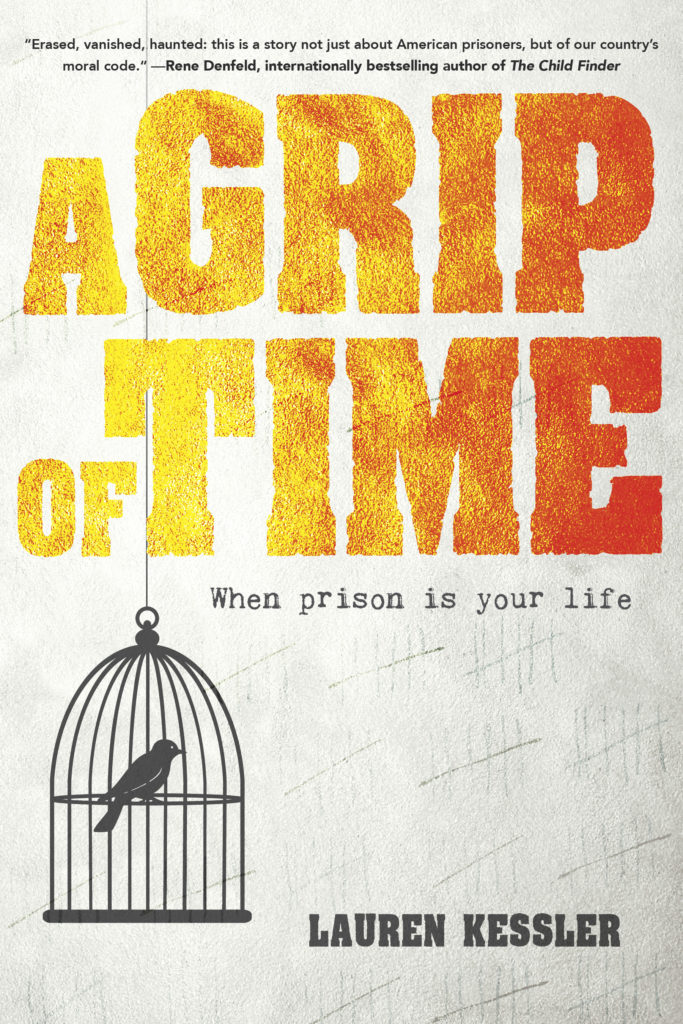 What is life like behind bars?
What is life like behind bars?
Unless you’re an animal in a zoo, a corrections officer, or have endured a prison sentence, chances are you don’t know. Prisons exist in isolation from the “free world.” These institutions are hidden in plain sight and house and employ millions of people, yet the public is aloof to the lives that prisoners lead.
Award-winning writer and journalist, Lauren Kessler attempts to answer this question with her latest book, A Grip of Time: When Prison Is Your Life (Red Lightning Books, May 2019). Part memoir and criminology study, it chronicles her work with a writers’ group based at Oregon State Penitentiary.
In 2015, Kessler began the laborious pursuit of establishing the group. Initially, the group (referred to as the Lifers’ Writers Group) was sparsely attended and went through long periods before she and the members could reconvene at the prison. Although it took a few years before she received a full clearance as a volunteer, Kessler continued to pursue opportunities to learn about prison life by encouraging the men to tell their stories through writing.
The Lifers’, as their name suggests, are men serving life sentences, with or without parole. The group reached almost a dozen members, who reflected upon their lives and experiences through a series of ten-minute prompts, such as time, relationships, dreams, privacy, rehabilitation, and food. Their responses to these prompts invite readers to learn about their hidden world, where their lives and livelihoods are long forgotten. Additionally, the writers’ vulnerability and expression of themselves forced Kessler to reckon with her own biases, fears, and perceptions of change.
In an interview with the Oregon Quarterly, Kessler stated that the difficulty of the project was that it made her reflect on her entire attitude towards forgiveness and personal change. Through her own reflection as well as those in the writers’ group, the themes of redemption and rehabilitation is ever-present. Prison, while a flawed institution, was intended to give those imprisoned time to atone for their wrongdoing, show remorse, and rehabilitate. Some of the members of the writers’ group, like Jimmie, got the opportunity to face the parole board and, despite his success with staying out trouble, he was denied parole. It begs to question: what does redemption in prison look like? Is modeling rehabilitation that is palatable to others, especially as a convicted killer, simply another means that the prison system exercises control over its convicts?
The inmates detail how they are controlled by incessant routine and the cameras monitoring their every move about the prison. Kessler illuminates that the men take back their control and autonomy through the prison slang they use and the commandments they abide by with their peers in prison. Long before the creation of the writers’ club, the men used their creativity with words, a special language, so to speak, to make life work behind bars. With the writers’ club, Kessler offered yet another space within the prison where the men could exercise their independence and free will. Writing becomes their lifeline, for which they are greatly rewarded by the likes of the PEN American Prison Writing Contest and the Oregon Literary Fellowship.
A Grip of Time is filled with moments of humor, dignity, and frustration as well as heartbreak and poignancy. Despite incarceration being a fraught and complicated subject, Kessler addresses it with compassion and keen observations. She tells their stories with dignity and grace, which allows readers to recognize the humanity of those in prison. This examination of the United States prison system welcomes more questions about what it truly accomplishes and what justice really means for those tangled in its web. Regardless, the stories these men offer readers has the power to change their lives and point of view – just as writing has done for them.


